Table of Contents
Why Obedience Trials?
Just as humans have sports championships, dogs have their own competitions: Agility, Frisbee, Coursing and even Tug of War. One of the most exciting competitions today is Obedience. What is it and how does it differ from the general training course?
Obedience is an international obedience standard, the most challenging of all the standards presented today. An obedience trained dog can walk calmly beside the owner, retrieve objects, jump and follow commands precisely even when distracted and at a distance. They walk on- and off-leash, demonstrate ability to stay, well-behavior at home, in public places, and in the presence of other dogs. How, then, does this program differ from the general training course?
Obedience History
Initially such a sport with a dog as obedience appeared in the UK. Back in 1924, many pets took a special training course. Gradually, this course began to gain popularity, and in 1950 in Great Britain the first national competitions were held. And in 1990 the first World Obedience Championship was held. Now Obedience is one of the AKC’s oldest sporting events.
3 Classes of Obedience:
Obedience 1
Elementary class, the easiest standard. Dogs from 6 months of age can take part in the competition.
Obedience 2
A more difficult level of exercise, dogs at the age of 10 months are allowed.
Obedience 3
International level. The most difficult exercises, the age of dogs – from 15 months.
To move up to the next level, a dog must show “Excellent” on the cumulative of all grades in the previous class.
Rules of Obedience
Obedience trials are open to all dogs: all breeds and mixed-breeds. The standard consists of practicing 10 exercises:
Sitting in a Group
Several dogs can take part in this event. The handlers give the command “Sit”. After that, they go out of sight of the dogs. The pet must remain motionless for two minutes.
Lying in a Group, with Distraction
The dogs are in the group in the same way as in the first exercise. The handlers command them to “Down” and move out of their sight. The dogs have to remain like that for four minutes, even though they are distracted during this time. When the time is up, the handlers stand behind the pets and take turns calling them up.
Walking Side by Side (Heel)
The purpose of this exercise is to check the competitor’s performance on the “Heel” command. The handler moves, changing the pace from walking slowly to running, periodically turning and stopping. The dog should always follow him, not moving ahead of him, and not behind him either.
Performing “Down”, “Sit” and ” Freeze”
The dog moves along the square 10×10 m with the handler. Without stopping, the handler commands “Sit”, after which the dog has to sit and wait until he reaches the line and gives the command “Heel”. Then they continue moving together again. The same principle is used to check the command ” Down” and “Freeze”.
Calling Up with “Sit” and “Down” on the Way
The handler moves away from the dog by 25 m and then calls him up stopping him on his way with the commands “Sit” and ” Down “.
Sending in a Certain Direction, Laying Down and Calling Up
The dog is ordered to run away for 10 meters and lie down in a circle 2 meters in diameter. After that, on command the dog runs out of the circle and runs 25 meters in the direction of another figure – a square 3×3 m. On command he stops inside the square. The handler goes towards the dog, but doesn’t reach him and turns left or right as directed by the judges. The dog must stay in the square. After that the handler calls him with the command “Heel”.
Retrieving
The dog runs 10 meters forward and then the handler gives the command and the dog stops in a circle. After a few seconds the handler sends him out of the circle and gives the command “Fetch” – the dog goes after one of the dumbbells that are lying on his right and left. The direction depends on the judges’ instructions.
Retrieving an Object Made of Metal
The handler throws a metal dumbbell over the fence and then asks the dog to leap an obstacle and bring that object.
Selection of an Item
The dog has 30 seconds to select and bring the item that has the scent of its handler out of several items.
Remote Control
The handler gives commands to the dog from a distance of 15 m.
When performing exercises, the judges evaluate not only the speed and accuracy of actions, but most importantly, the emotional state of the dog. The rules of the competition state that the dog must be happy and willingly perform commands.
Who Needs Obedience Training?
Along with other trails, Obedience is a useful training for improving not only the understanding of your dog, but also the education of your dog. If you do not plan to participate in exhibitions and championships, obedience is not a must, but anyway it will strengthen your relations with your pup. Or you can choose a more suitable course for your pet: for example, agility or protective guard service.
How to Choose a Trainer?
It is important to say that, unlike a general training course, there are no group classes in Obedience. If you want to take this course, it is worth looking for a trainer for individual lessons. When choosing an instructor, it is important not only to rely on the reviews of friends, but also to see his work. For this purpose a visit to obedience competitions and seeing professionals “in action” will be useful.
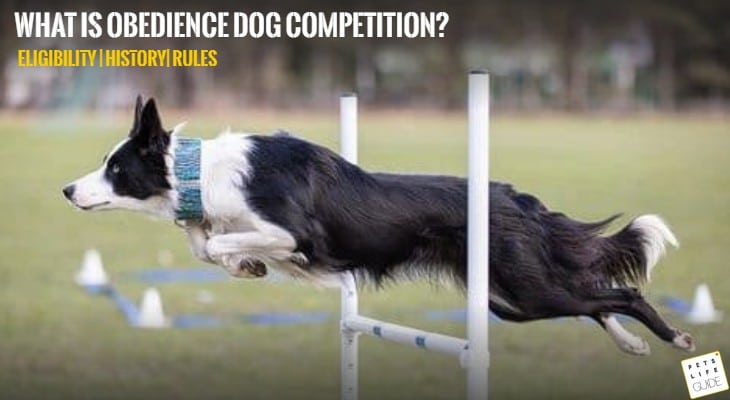
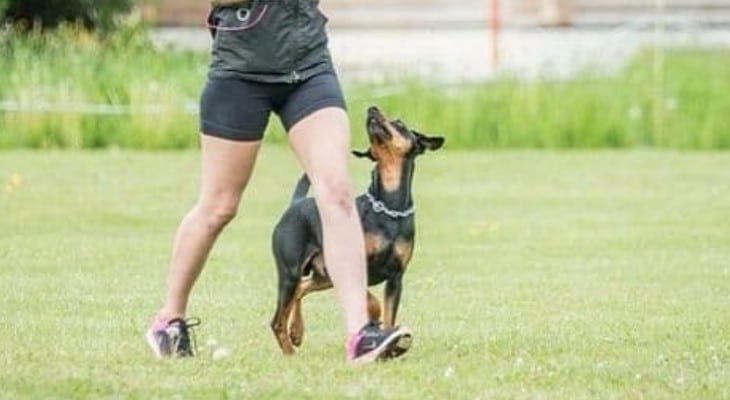
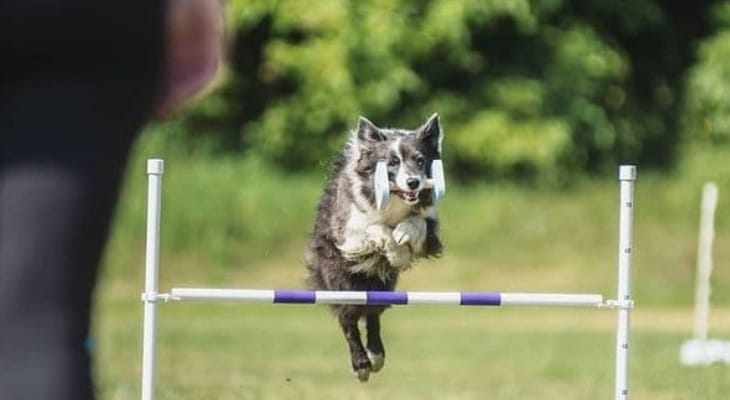
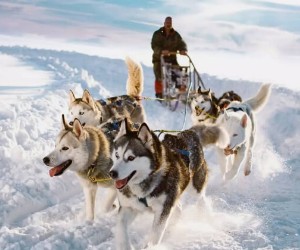
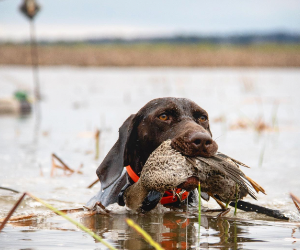


Leave a Reply